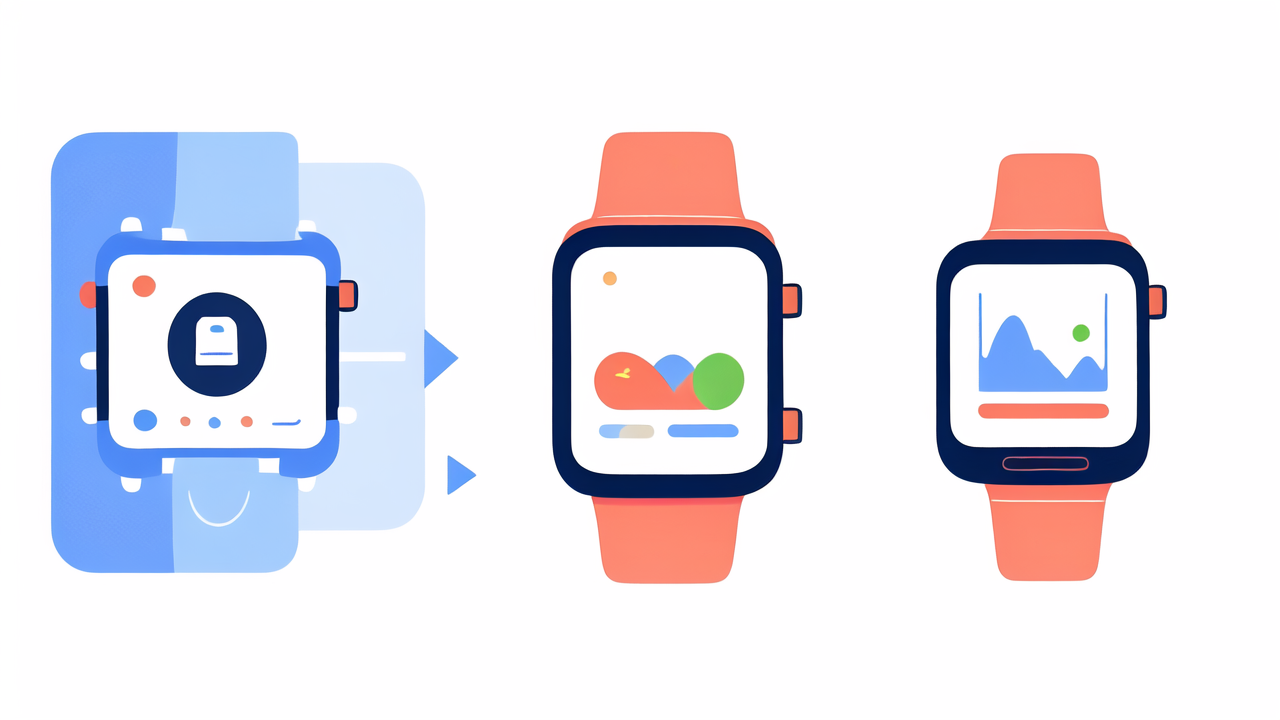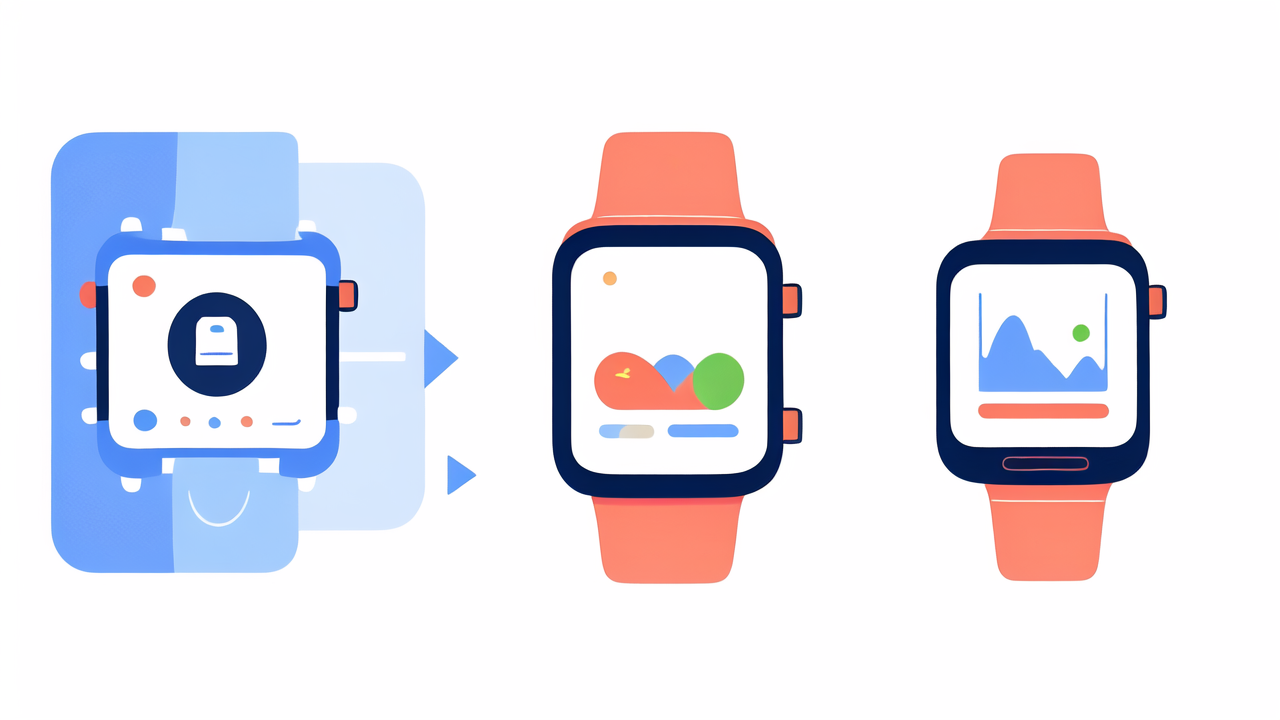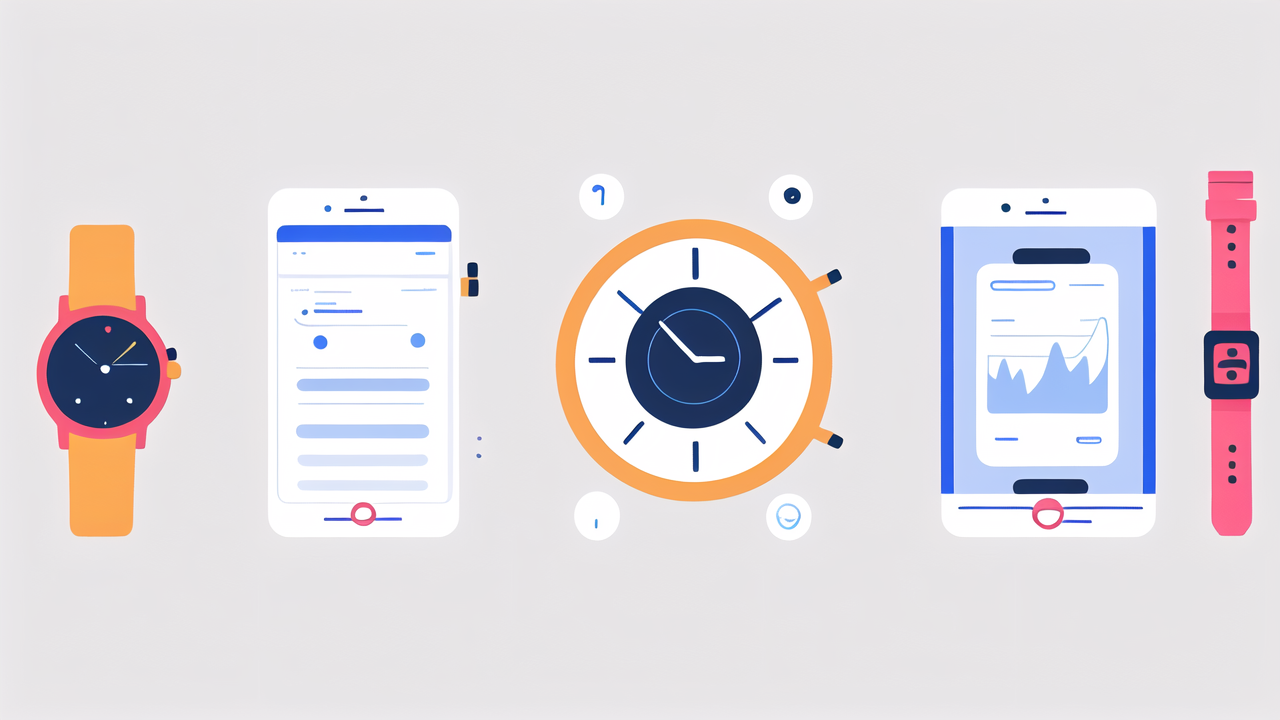Understanding FILA Smartwatch's Role in Health Management
The Emergence of Smartwatch Technologies in Healthcare
Smartwatch tech has changed how we track health. It started with simple step counters. Now, we have advanced devices like the FILA Smartwatch. These gadgets can monitor heart rate, sleep, and more. They've become popular for their ease of use and helpful data. Many people now rely on smartwatches to stay healthy. They offer real-time insights into our body's functions. This helps users make better health choices daily. The FILA Smartwatch is part of this growing trend in wearable health tech.

Key Features of FILA Smartwatch for Health Monitoring
The FILA Smartwatch stands out with its health tracking features. It offers:
- Continuous heart rate monitoring
- Sleep quality analysis
- Step counting and activity tracking
- Stress level assessment
- Blood oxygen level measurement
These features give users a complete picture of their health. The watch can alert users to unusual patterns. This helps catch potential issues early. The FILA Smartwatch also tracks workouts and calories burned. It's like having a personal health coach on your wrist. The device is designed to be worn 24/7, ensuring constant monitoring.
Integration with Existing Health Systems and Platforms
FILA Smartwatch doesn't work alone. It integrates with other health platforms. This makes it part of a larger health ecosystem. Users can sync data with apps like Apple Health or Google Fit. This allows for a more complete health profile. Doctors can access this data with patient consent. It helps them make better-informed decisions. The watch can also send alerts to emergency contacts if needed. This integration makes the FILA Smartwatch a powerful tool for overall health management.
Advantages of Using FILA Smartwatch for Health Tracking
Enhancing Personal Health Awareness
The FILA Smartwatch boosts health awareness. It provides real-time data on various health metrics. Users can see their heart rate throughout the day. They can track their sleep patterns and quality. The watch shows daily activity levels and calorie burn. This constant feedback helps users understand their body better. They become more aware of how lifestyle affects health. For example, they might notice how stress impacts heart rate. Or how exercise improves sleep quality. This awareness often leads to healthier choices. Users might take more steps or prioritize better sleep. The FILA Smartwatch turns health tracking into a habit.

Preventative Care and Early Detection
One of the biggest benefits of the FILA Smartwatch is early detection. The device can spot unusual patterns in health data. This could be an irregular heartbeat or low oxygen levels. Early warning signs can prompt users to seek medical advice. This proactive approach can prevent serious health issues. The watch also encourages preventative care. It reminds users to stay active and manage stress. Regular movement and relaxation can ward off many health problems. By tracking these factors, the FILA Smartwatch helps users stay ahead of potential issues.
The Role in Managing Chronic Conditions
For those with chronic conditions, the FILA Smartwatch is a valuable tool. It helps monitor symptoms and track treatment progress. For example, people with heart conditions can keep an eye on their heart rate. Diabetics can track activity levels, which affect blood sugar. The watch can remind users to take medication on time. It also provides data that doctors can use to adjust treatment plans. This constant monitoring gives patients more control over their health. It can reduce hospital visits and improve quality of life. The FILA Smartwatch becomes a partner in managing long-term health issues.
Challenges and Opportunities in Wearable Health Tech Adoption
Addressing Common User Acceptance Issues in the United States
Despite its benefits, some people are hesitant to use health tech like the FILA Smartwatch. Privacy is a big concern. Users worry about who can access their health data. There's also the issue of tech literacy. Some find smartwatches complex to use, especially older adults. Cost is another barrier. Not everyone can afford these devices. To address these issues, companies need to:

- Strengthen data protection measures
- Simplify user interfaces
- Offer affordable options
- Educate users on the benefits of health tracking
As more people understand the value of these devices, acceptance may grow. Clear communication about data use and security is key. Making devices more user-friendly can also help. As prices come down, more people may try wearable health tech.
Balancing Accuracy and Cost-Effectiveness in Health Gadgets
Creating accurate, affordable health gadgets is a challenge. Devices like the FILA Smartwatch aim to strike this balance. They need to be precise enough for meaningful health tracking. But they also need to be cheap enough for wide adoption. Achieving both is tough. More sensors and better tech increase accuracy but also cost. Companies are working on new ways to improve accuracy without raising prices. This includes better algorithms and smarter data analysis. The goal is to make devices that are both reliable and accessible. As technology advances, we may see more affordable, highly accurate health gadgets.
Future Outlook: Trends and Predictions in Wearable Health Technology
The future of wearable health tech looks bright. We can expect to see even more advanced features in devices like the FILA Smartwatch. Some trends to watch for include:
- Non-invasive blood glucose monitoring
- More detailed sleep analysis
- Emotional health tracking
- Integration with telemedicine services
- AI-powered health insights
These advancements could make wearables even more useful for health management. We might see smartwatches become standard in medical care. They could help predict health issues before symptoms appear. The line between consumer gadgets and medical devices may blur. This could lead to new regulations and standards for health wearables. As technology evolves, the FILA Smartwatch and similar devices will likely play a bigger role in our health care system.




Leave a comment
This site is protected by hCaptcha and the hCaptcha Privacy Policy and Terms of Service apply.